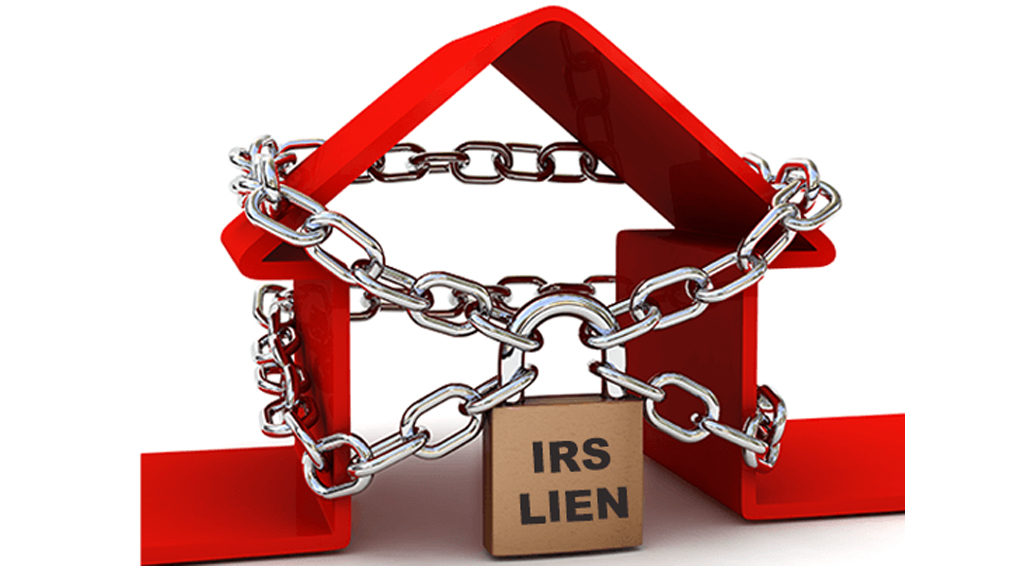Things You Need to Know About Tax Lien

What is a Tax Lien?
A tax lien is placed when an individual or business fails to pay tax on time. In other words, it is the government’s legal jurisdiction over your assets. This is however does not mean that the government can confiscate your property. It just restates that the government is the party with the right to claim the property in the first place; when other creditors will be there to do the same. Until the tax liability is entirely paid off, the tax lien will be there. It will also remain in place until the taxpayer conforms to the rules of new IRS Fresh Start Initiative.
Tax Lien Process
There is no room for surprise when you are notified that a tax lien is filed. The IRS follows the process mentioned below before filing tax lien on your property:
- Assessment of a substitute return filed by the authority.
- A tax bill demanding the owed amount sent to the taxpayer’s last known address.
- Taxpayer failed to pay the dues within a given period.
After these criteria have been met, the IRS proceeds with a Notice of Federal Tax Lien filing. In that way other creditors will be alerted that the government’s claim over the property in concern.
Impact of a Tax Lien
The taxpayer will see a lien on the credit report as soon as it is filed. When a tax lien appear on the credit report, it becomes harder for the taxpayer to get further loans for various purposes like signing a lease for a rental, buying a car, or obtaining a new credit card. It will also adversely affect the taxpayer’s credit score.
When a tax lien comes into effect, it substantially puts other lenders in danger because the IRS gets the highest priority over them. As a result, the taxpayer’s financial dealings become a huge struggle.
Releasing a Tax Lien
As soon as a tax lien is released, the country records will be updated and will show that the IRS has no longer jurisdiction over the taxpayer’s property. This is however does not mean that it will be written-off from the taxpayer’s property; as it may remain so for up to a decade. Getting credit will become easier though, since the IRS loses its legal authority over the property. Recently, the IRS took measures to make process of getting liens released easier. Below we discuss some measures to release tax liens:
Direct Debit Installment Agreement
If the taxpayer enters this payment plan, the IRS will consider the removal of a tax lien. As part of this payment plan, a fixed amount will be deducted from your bank account on a monthly basis.
If the IRS followed faulty procedures
If it was found that the IRS failed to follow proper procedures, the tax lien will be withdrawn.
Expiration of statute of limitations
If the debt passes the collection statutes, the lien will be released as well.
Each state has rules regarding the way a lien can be released. As soon as the lien is released, the taxpayer will get a letter declaring the release of lien, which the taxpayer may have to send to the credit bureaus to have their credit details updated.